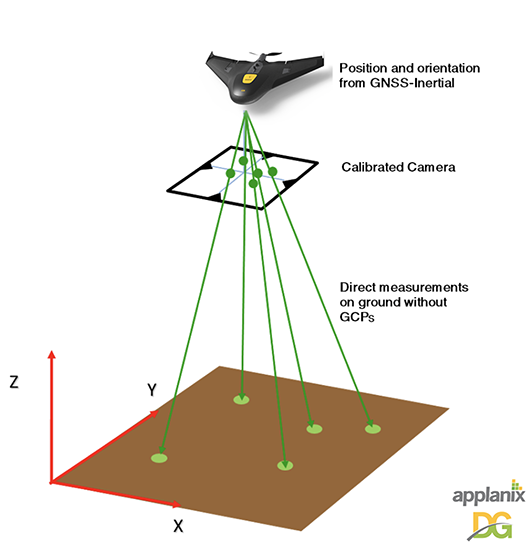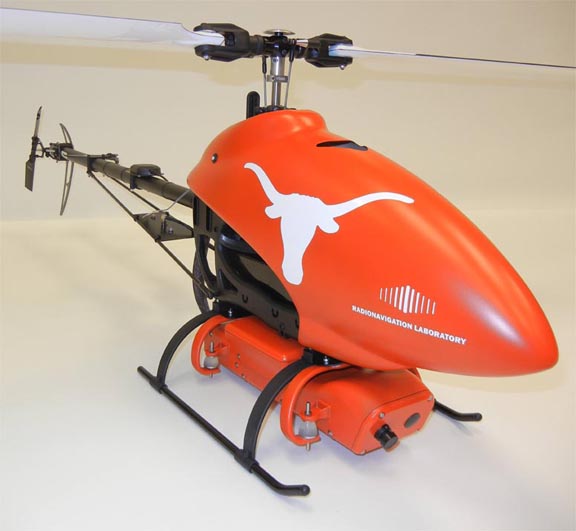One of my fond memories as a boy growing up in rural northeastern Oregon is sitting on an apple box in the basement of our house reading back issues of National Geographic.
All those wonderful color photos. And the maps, with their little illustrated explanations of Roman ruins in England or Babylonian irrigation practices in the Fertile Crescent!
One of my fond memories as a boy growing up in rural northeastern Oregon is sitting on an apple box in the basement of our house reading back issues of National Geographic.
All those wonderful color photos. And the maps, with their little illustrated explanations of Roman ruins in England or Babylonian irrigation practices in the Fertile Crescent!
A special delight for youngsters of the day was the December issue, the back cover of which reliably featured an advertisement with Santa Claus enjoying a bottle of Coca Cola for him to accompany the cookies left by expectant children.
So, it was a considerable personal disappointment to see on the cover of the venerable publication’s March 2013 issue the headline: “Drones May Be Watching You.”
Now, to give the National Geographic its due, the article by John Horgan was actually well researched, well written, and well balanced. The actual passages that addressed fears about covert surveillance comprised only three paragraphs of the entire content. But some editor — or perhaps a marketing staffer with an eye on newsstand sales — had taken the most provocative element of the subject and run with it.
It’s just another example of a recent burst of news stories on military drone operations that conflates them with Federal Aviation Administration (FAA) efforts to meet a congressional mandate for integrating unmanned aerial vehicles (UAVs) into the national airspace system (NAS) to produce an Orwellian theme: “The sky isn’t falling — it’s watching!”
The coverage is almost inescapable. At the breakfast table this morning, I discovered almost simultaneously a front page article in the Wall Street Journal about Obama administration plans to move military drone operations from the CIA to the Department of Defense and a headline in our local newspaper, “Drone bill comes under fire,” where the focus was on public fears of spying and stalking.
As in 29 other states, elected officials have introduced a bill in the Oregon legislature that would regulate UAS activities here.
The latest version of the legislation would even preclude the use of UAVs to police traffic violations, despite the presence of many signs along our highways warning motorists that their speed may be monitored by aircraft. Of course, nobody believes that state police are actually up there watching, because in these days of public budget constraints such operations are unaffordable.
And that highlights one of the attractions of civil UAV use: it’s less expensive than operations of large human-controlled aircraft.
Meanwhile, Oregon is one of 37 states from which organizations have applied to host technology development and testing sites as part of the FAA’s unmanned aircraft system (UAS) initiative. Because there’s a big economic opportunity along with the risks and fears: jobs, R&D, manufacturing, new product lines.
A recent report by the Association for Unmanned Vehicle Systems International (AUVSI) forecasts an $89-billion market in the United States alone within 10 years after authorized expansion of civil UAV use.
The situation begs for us to slow down a little and sort the issues out.
Yes, the administration’s continuation of “targeted killing” using weaponized drones, started by the nation’s previous political leaders, deserves critical attention and reflection.
But we need to ask the questions and address them more intelligently, discretely. We need to distinguish technology from policy issues; military, from civil; foreign, from domestic; privacy, from products; police actions, from laws; capability, from actions; and morality, from these remarkable devices.
Indeed, I predict that UAVs will ultimately recapitulate the history of GNSS — where we see the continuing migration from military to civil applications, a civil(ian)izing and humanizing of the technology
Recall the myth of Pandora’s Box: After curiosity led her to open it and release ills and evils into the world, only one thing remained inside — the Spirit of Hope.
All the worst that UAVs can do has pretty much been done already. Now we need to see what is the best they can do.





